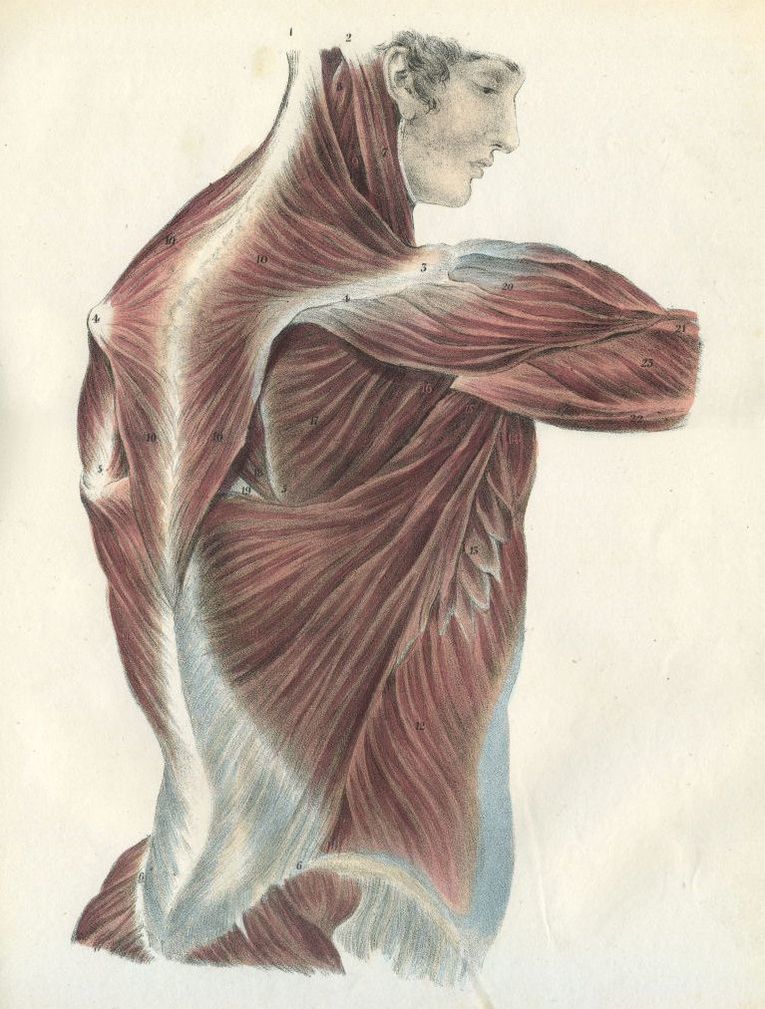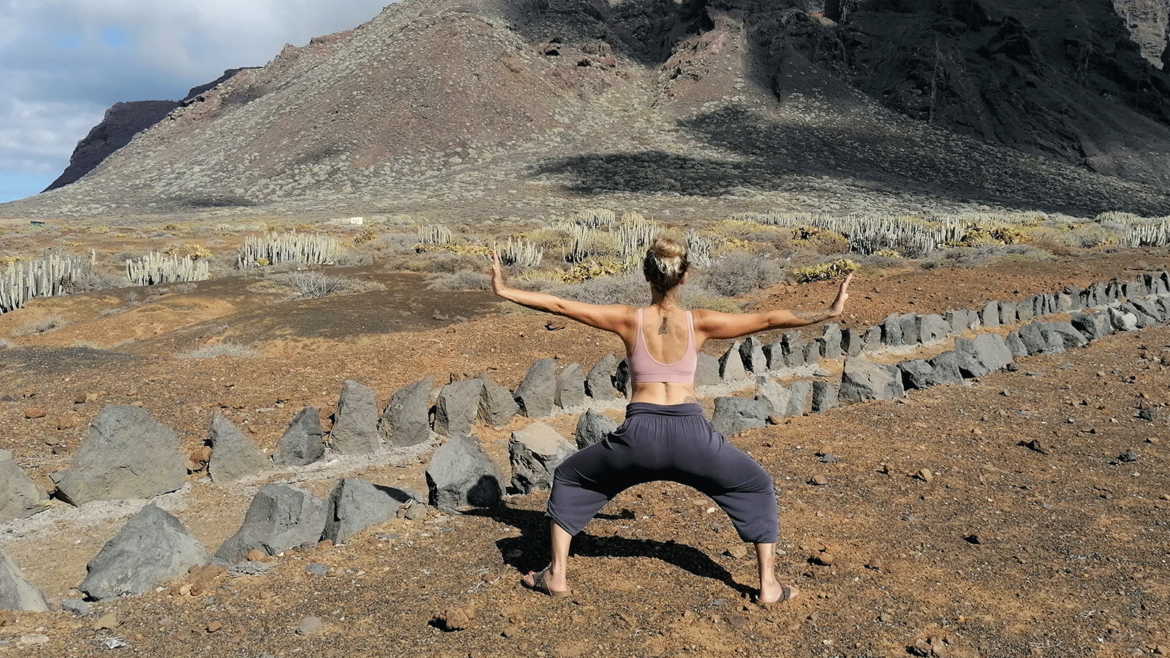The fascia is a connective tissue that surrounds all organs in three dimensions, allowing them to remain in their correct position to ensure their functioning. The fascia is a thin white membrane composed of resistant fibers that acts as an envelope that surrounds every tissue in the body and is the material that holds bones, muscles and joints together, giving shape to our body structure. Every muscle and every one of its fibers, every nerve, every organ, every blood vessel, and every bone is surrounded by fascia. All the fascia is united and connected and for this reason any structural change of the fascia in a certain area will cause a change in it in other distant areas of the body.

Each muscular contraction mobilizes the fascial system and for that reason each restriction in the fascial system affects the correct functioning of the muscular system. For this reason we speak of the muscular-fascial functional unit called myofáscia. The fascia organizes and separates giving protection and autonomy to each muscle and viscera of the body.
The main functions of the fascia are:
– Protective function: The fascia acts as a protective shield for the internal organs, avoiding unwanted friction between the different tissues.
– Shock absorption: the fascia allows shock absorption by dispersing the shock wave they produce throughout the body.
– The fascia is what gives the shape to our body. This wrap is what configures the contour and silhouette of our body.
– The Fascia serves as an energy store through adipose deposits in the subcutaneous tissue.
– The Fascia acts as a pressure absorber to preserve vital organs.
– Suspension function: the structures of the body are not attached to the bones directly but are attached to the fascia.
– Support function: The fascia serves as a support and union of the different body structures supporting intermediate loads and appropriately distributing these loads in the bone system.
– Cohesion of body structures and maintaining body balance.
– Fascia helps to heal wounds and damaged tissues through the production of collagen.
– The fascia helps maintain the circulatory and lymphatic system.
– The fascia helps to preserve body temperature by promoting thermoregulation due to the fat deposits it contains.
– The fascia helps to eliminate toxins.

Both the physical, emotional and mental problems that we suffer throughout our lives directly affect the fascia. The fascia is an energetic structure that can be recharged through specific Qigong exercises that strengthen it and keep it nourished and flexible. When the fascia is low in energy it becomes stiff and brittle.
The Qigong movements are perfectly adapted to the characteristics of the Fascia. These movements are slow, smooth, harmonious, wide and circular, which allows energy to flow freely through the fascia, toning and strengthening it so that it perfectly fulfills the function of gear of all the body’s systems.
Qigong consists of a series of exercises that make the whole body breathe and that the vital organs find a better accommodation to perform their functions thanks to the fluidity and mobility that it produces in the fascia. The objective of Qigong is to move all the joints of the body by reactivating the kinetic chain as if it were a shock wave.
The twisting, compression and expansion of the fascia in a smooth and harmonious way helps to relieve tension and blockages in our body. Stretching and compressing the fascia through Qigong exercises we manage to drain water, as if it were a sponge, freeing ourselves of toxins and bringing new, fresh fluid and oxygenated blood. Practicing Qigong we squeeze the organs and drain the meridians and when we loosen during the expansion phase we manage to bring to these oxygenated and renewed blood and with it healing energy.

